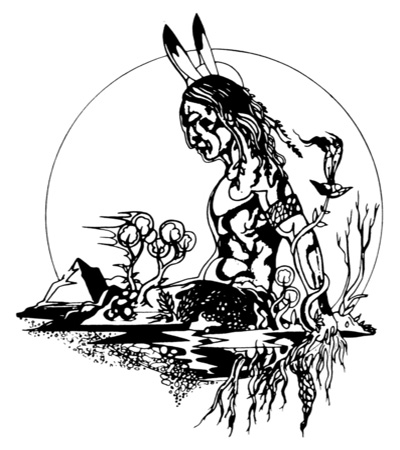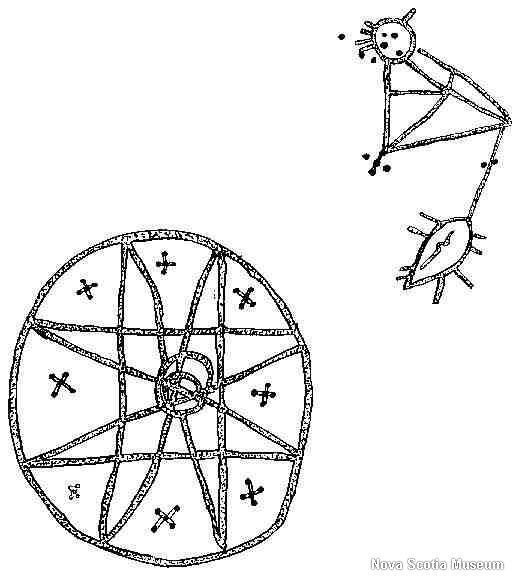Student Learning
I will:
- Explain the respectful relationship between Grandmother (Groundhog) and Grandson (Keluwoskap)
- Explain Keluwoskap’s respect for the environment
- Recite some words in Mi’kmaq and Wolastoqey Latuwewakon
- Illustrate the story of Keluwoskap
- Examine images for symbolic significance

This first lesson on Treaty Education deals with the understanding of respect and taking responsibility. It focuses on a respectful relationship between a Grandmother and Grandson. It also demonstrates how Keluwoskap respectfully used natural elements by taking only what he needed to craft a bow and arrow. It presents the traditional values of respect, honour and being connected. It deals with how people honoured and interacted with their environment and the relationships that formed as a result. Among Waponahkewiyik (Wabanaki People) – Wolastoqewiyik, Mi’kmaq, Passamoquoddy, Penobscot and the Abenaki, respect, honour and being connected are three of the principles on which the first confederacy of these nations was based. The Waponahkewiyik had a Creation story about the creation of people that was passed orally from generation to generation. The details from other Creation stories can be compared with this one. It is Important in retelling this story that it be given due respect as it represents a belief system and not a legend or a folk tale.
“From the beginning of the world to the present, we, Mik’maq (Wolastoqewiyik and Passamoquoddy) have been here. Since time immemorial, our forefathers occupied and used these lands. This is our land, this is our home, for we claim no other. We were placed here by the Great Spirit.”
Daniel Paul, author of First Nation History. We Were Not the Savages, 2006
A glossary at the end of the story lists the words phonetically. It is hoped that the teacher will a) read the story initially in English b) read the story again while using the glossary of the language used in the community where the story is being presented.
Evaluation
At the end of the lesson, have students, in small groups, read the book How Keluwoskap Created People as told by Ron Tremblay and illustrated by Natalie Sappier. This book was provided to all schools in the province by the Department of Education and Early Childhood Development. Ask each group what does respect and taking responsibility mean to them. Together make a class definition and post it on the wall under the heading – The First Treaty is with Our Earth Mother.
What could this petroglyph represent?





